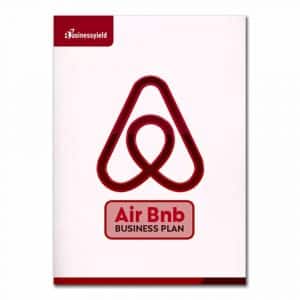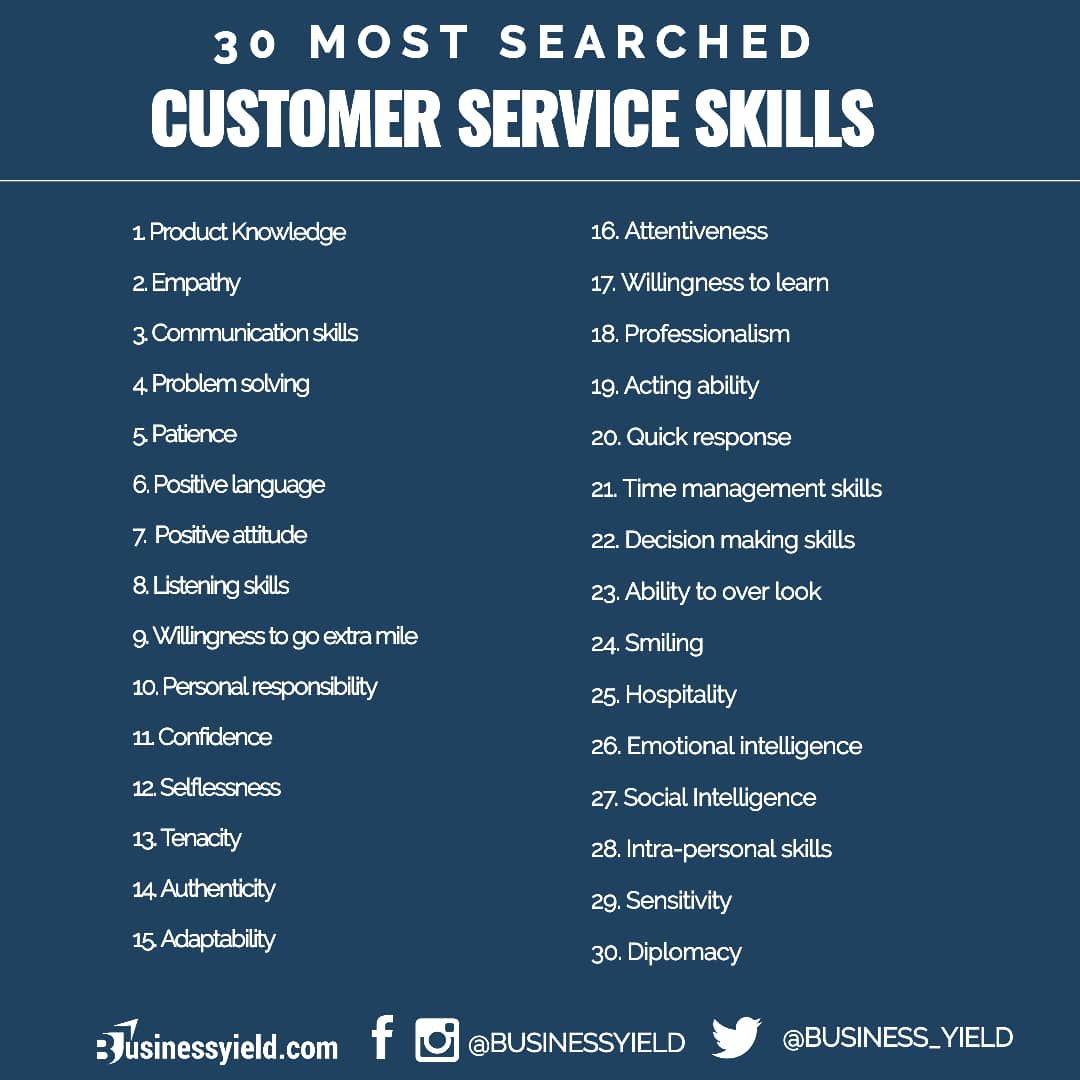Customer satisfaction is a crucial aspect of any business, as it directly impacts its success and growth. Understanding the needs and preferences of your customers is essential to providing them with high-quality products or services. This is where customer satisfaction surveys come into play. A customer satisfaction survey is a valuable tool that helps businesses gauge their customers’ level of satisfaction and identify areas for improvement. In this article, we discuss the meaning of a customer satisfaction survey alongside the service and provide some examples of survey question(s) that can effectively measure customer satisfaction.
What Is Customer Satisfaction Survey?
A customer satisfaction survey is a tool companies use to measure and evaluate their customers’ satisfaction level with their products or services. It aims to gather feedback and opinions directly from customers to understand their needs, preferences, and expectations. By conducting such surveys, companies can identify areas they excel and need improvement. Then, the results provide valuable insights that can guide decision-making and help enhance customer experience.
However, customer satisfaction surveys typically include questions to assess various customers’ experiences. These questions cover product quality, customer service, pricing, delivery speed, website usability, and overall satisfaction. The company can conduct the surveys through email, online platforms, phone calls, or in-person interviews.
By analyzing the survey responses, companies can understand the strengths and weaknesses of their business, identify patterns or trends, and make data-driven decisions to improve their products or services. Overall, customer satisfaction surveys are essential for companies to measure how well meet customer expectations and to continually strive for excellence.
What Are The 4 Types Of Customer Satisfaction Survey?
There are four main customer satisfaction surveys businesses use to measure customer satisfaction. These include:
#1. Net Promoter Score (NPS) Surveys
NPS surveys are to measure customer loyalty and identify promoters, passives, and detractors. This technique includes asking customers how likely they are to recommend the company, product, or service to others on a scale of 0-10.
Based on their responses, customers are categorized into these three groups. However, NPS surveys are valuable for assessing overall customer satisfaction levels. It helps to identify brand advocates and determine areas for improvement.
#2. Customer Effort Score (CES) Surveys
CES surveys measure the effort level customers exert to accomplish a specific goal, such as resolving an issue or completing a transaction. This type of survey typically includes questions related to the ease of use, clarity of instructions, and overall effort required.
Additionally, CES surveys help businesses evaluate the efficiency of their processes and identify any barriers or challenges that customers may encounter.
#3. Customer Satisfaction Score (CSAT)
Customer Satisfaction Score (CSAT) is a type of customer satisfaction survey that measures the level of satisfaction or dissatisfaction a customer has with a specific product or service. It is a widely used method to gauge customer opinions and provide valuable insights for businesses.
Customer satisfaction score surveys typically consist of a single question that asks customers to rate their satisfaction level on a scale, ranging from 1 to 5 or 1 to 10. The question may be “How would you rate your overall satisfaction with
?” or something similar.However, the survey results are usually analyzed by calculating the average score, which provides an overall measure of customer satisfaction. Then, a higher score indicates a higher level of satisfaction, while a lower score signifies a lower level of satisfaction.
In addition, the CSAT survey is often used to track customer satisfaction over time and identify areas for improvement. By understanding customers’ satisfaction levels, businesses can make informed decisions to enhance their products or services and address any issues that may be negatively impacting customer perception.
#4. Product-Market Fit (PMF)
Product-Market Fit (PMF) is another type of customer satisfaction survey that focuses on determining how well a particular product or service meets the needs and desires of its target market. It measures the alignment between what a product offers and what the market demands.
In other words, PMF surveys aim to identify if a product or service delivers value to customers and if it effectively solves their problems or fulfills their expectations. This type of survey is particularly for startups or businesses introducing new offerings into the market.
PMF surveys often consist of a combination of questions and statements that assess customers’ opinions and experiences with the product or service. Meanwhile, the questions may cover usability, pricing, customer support, and overall satisfaction.
Furthermore, the survey results help businesses gauge whether their product or service meets the market’s needs, exceeds expectations, or falls short. For instance, if the PMF survey reveals a strong product-market fit, it indicates that the business is on the right track and should continue to invest in the product or service. On the other hand, if the survey highlights areas of improvement or a misalignment between the product and the market, it signals the need for adjustments or modifications.
How To Start A Survey?
Starting a survey is an essential step in gathering valuable information and insights.
- To begin, it is important to define the purpose and objective of the survey. This involves determining the specific information and why it is important.
- Then, identify the target audience for the survey, as this will help tailor the questions and ensure the data is relevant and meaningful.
- Next, the survey should be in a way that is easy to understand and answer for the participants. This includes using clear and concise language, avoiding ambiguous or leading questions, and organizing the questions in a logical sequence.
- Additionally, include a brief introduction at the beginning of the survey, explaining the purpose and assuring participants of the confidentiality of their responses.
So, with these steps, you’ll have a well-structured and effective survey, resulting in valuable data for analysis and decision-making.
What Are The 8 Steps To Creating A Good Survey?
Creating a good survey is crucial in obtaining valuable and accurate data. To ensure your survey effectively gathers the information, follow a systematic approach. Hence, here are eight essential steps to create a good survey:
#1. Define Your Objectives
First, begin by clarifying the purpose of your survey. Identify what specific information you want to gather and what goals you hope to achieve with the survey. Clearly understanding your objectives will help shape the survey questions and design.
#2. Determine Your Target Audience
Knowing your target audience is vital as it influences the language, tone, and overall survey design. Consider demographics such as age, gender, location, or occupation when creating your survey to ensure it resonates with your intended respondents.
#3. Develop Clear And Concise Questions
Next, create questions easy to understand and answer. Use a mix of open-ended and closed-ended questions, depending on the type of information you seek. Avoid leading or biased questions that might skew the responses.
#4. Organize The Survey Flow
Arrange the questions in a logical order that flows smoothly. Start with general questions to engage the respondents, then move on to more specific and potentially sensitive ones. This helps to maintain the respondent’s interest and encourages the completion of the survey.
#5. Keep It Short And Focused
A survey that is too long can lead to respondent fatigue, resulting in incomplete responses or drop-offs. Limit your survey to a reasonable length, focusing only on the most critical aspects to address your objectives effectively.
#6. Offer Response Options
After that, provide clear and relevant response options for closed-ended questions. Include answer choices that cover the full spectrum of potential responses without overlapping or leaving gaps. Utilize rating scales, multiple-choice options, or Likert scales, depending on the nature of the question.
#7. Test The Survey Before Distribution
Before distributing your survey, conduct a pilot test with a small sample group. This allows you to identify any confusing or ambiguous questions, as well as test the overall survey functionality. Make necessary revisions based on the pilot test feedback.
#8. Analyze The Data
After collecting enough survey responses, analyze the data for your objectives. Use appropriate statistical methods or software tools to gain meaningful insights from the collected data. This analysis will help you draw conclusions and make informed decisions based on the survey results.
With these eight steps, you can create a good survey that yields reliable and insightful data. However, remember to consider the needs and preferences of your target audience throughout the process. This is to ensure maximum participation and accurate responses.
What Service Uses Customer Satisfaction Survey The Most?
One service that uses a customer satisfaction survey the most is the hospitality industry. Meanwhile, hotels, resorts, and restaurants understand the importance of giving exceptional customer service. These businesses often rely on customer feedback to identify areas for improvement and to gauge their guest satisfaction level.
Another service that heavily relies on a customer satisfaction survey is the retail industry, both online and offline. Moreover, retailers understand the importance of understanding their customers’ needs and preferences to provide a satisfying shopping experience.
What Question Do I Need For A Customer Satisfaction Survey?
When designing a customer satisfaction survey, determine the right question(s) to ask to gather valuable feedback. The first question to include in the survey should be a general satisfaction question, such as “On a scale of 1 to 10, how satisfied are you with our product or service?” This question will help gauge the overall satisfaction level of the customers. Additionally, including a question about the reason behind their satisfaction or dissatisfaction can provide insightful feedback for improvement. For example, “What is the primary reason for your satisfaction or dissatisfaction?” This question allows customers to elaborate on their experience and pinpoint specific areas that need attention.
Another crucial question to include in a customer satisfaction survey is the Net Promoter Score (NPS) question. This question helps identify the likelihood of customers recommending the product or service to others. By asking, “On a scale of 0 to 10, how likely are you to recommend our company to a friend or colleague?” you can categorize customers as promoters, passives, or detractors. Meanwhile, this information not only indicates the level of customer satisfaction but also provides insights into the company’s potential for organic growth through word-of-mouth referrals.
However, these two questions, along with others that target specific aspects of the customer experience, can help you a lot. Yeah! They can help you understand customer sentiment and make informed decisions to enhance satisfaction levels.
What Are 5 Good Survey Questions?
When creating survey questions, it is important to design them in a way that elicits useful and actionable responses. Here are five good survey questions that can provide valuable insights:
- How satisfied are you with our product/service?
- How likely are you to recommend our company to a friend or colleague?
- What is the primary reason you chose our brand?
- Are there any features or improvements you would like to see in our product/service?
- How frequently do you use our product/service?
Remember, while these questions can provide valuable insights, keep survey questions concise, easy to understand, and relevant to your objectives. Additionally, providing respondents with the option to skip questions or add further comments can allow for a better user experience and more in-depth responses.
How To Write A Survey Report?
To write a survey report, follow these steps:
- Understand the purpose of the survey
- Organize the report structure
- Introduction
- Methodology
- Results
- Analysis
- Discussion
- Conclusion
- Proofread and revise
Remember, the report should be concise, unbiased, and objective.
What Makes A Survey Successful?
The following makes a successful survey; careful planning, clear objectives, a well-designed questionnaire, appropriate administration methods, strategic timing, effective communication, and thorough data analysis.
Conclusion
A customer satisfaction survey is a valuable tool for businesses to gauge the level of satisfaction among their customers. It allows customers to provide feedback on their experiences, allowing firms to identify areas of improvement and strengths. So, whether you own a small or big enterprise, you can build stronger relationships with this tool, improve your customer loyalty, and drive business success.







